T Murrali
Global automotive components major Magna International has been developing new products focusing on the aspiration levels of the next generation. Amongst several new technologies that the Canadian company developed is the ‘hands-free’ car that can take up the entire responsibility of driving, beyond a particular speed, say 60 mph and cruise at the determined speed. The vehicle can automatically decelerate when the distance to the vehicle in front reduces below the set level, and accelerate once the deterrent is overcome.
During the recent media tour, Christopher L Van Dan Elzen, Global Product Director, Machine Vision Driver Assistance Systems, Magna Electronics said the objective of developing this technology is to reduce fatalities. And Magna is currently working on prototypes that can run from start to stop without driver assistance and this may become a reality 10 to 15 years down the line.
While certain technologies including sleep recognition and driver alert systems help keep the driver active, the hands-free technology of Magna makes the driver even more detached from actual driving. To this, Swamy Kotagiri, Chief Technology Officer, Magna International, says, “It’s the trend; from every study that we see the next generation people are very much interested in going green and staying connected. All these features are trying to assist in making the drive safer up to level-3 (level-4 being completely autonomous). Here the driver is alert and is able to take on control as and when he is ready to drive. The intent here is to reduce monotony and fatigue.”
Kotagiri said that the key drivers impacting the auto industry are regulations, changing consumerism, safety, emissions and environment. Legislation tends to drive change in terms of safety, environment and data protection. Magna is working on these three aspects by achieving zero fatalities through technologies on active and passive safety; protection of sustainable environment through recycling, thinning emissions and conserving energy; protecting personal information while maintaining foolproof data communication. Therefore, the diversified global automotive supplier banks more on electronics as it aids the existing product in the vehicle to become more functional. Innovation, according to him, is nothing but commercialised invention. “We don’t see electronics just for making parts, we use in cameras and so on; we see it as the functionality we are providing in a car. If electronics and software are the enablers for the evolution of products from today to tomorrow, we will definitely continue to watch. I think what will become important is how you provide a system or framework in the car that enables me to bring something from outside into the car,” Kotagiri said.
Some of the solutions that the company developed are based on an overall architectural need of an OEM who shares its unmet need. Ask what the drivers for the new technologies are, and Kotagiri says, “Global megatrends such as globalisation, individualism, depleting fossil fuels, digital life style, environment, demographics, raw materials, new mobility concepts and urbanisation. Already there are several variants of one model of a vehicle manufactured across many parts of the world to meet different legislative requirements and different price points. Obviously it impacts the design of how we put assemblies together, and the value chain.”
Global megatrends with big regional differences drive scalable modular global architectures. In order to meet the challenges with new technologies, Magna unleashed four pillars – Smart (based on comfort, convenience and connectivity), Clean (through efficiency and sustainability), Safe (concentrating on active and passive technologies) and Light (by lighweight material and science). Magna’s focus on offering comfort and convenience is by designing and delivering an inspired, best-in-class cabin experience and by connecting the outside world inside the cabin. It also works on alternate material by looking at options to replace mild steel with high-tensile steel, in addition to developing large parts with multiple materials.
With close to 320 manufacturing operations and 83 product development/engineering and sales centres in 29 cou ntries, Magna has been associating with global OEMs to develop innovative and cost effective solutions. For instance, in collaboration with Ford it used advanced material solutions to reduce weight of Fusion to that of Fiesta. It aimed to make weight of C and D segment cars equal to the weight of sub-compact B segment cars.
Collaborating with customers early on helps Magna in assisting OEMs optimise their products, states Kotagiri. As part of its initiatives the company offered clutch hubs and clutch housings made through flow forming, grab forming, roller-die and cam-die metal stamping.
Lightweight, high performance composite lift-gate developed by Magna for Nissan enabled the OEM to have aggressive exterior styling, which was otherwise not possible with steel or aluminium. The single-piece structural design lowered tooling cost, besides allowing integration of spoilers, interior trim and fasteners.
In the area of castings the Tier -1 company has developed large, thin-wall complex castings with wall thickness less than 1.8mm. For chassis structures of Cadillac ATS, Magna offered lightweight aluminium castings, extrusions and advanced welding technologies for its front engine cradle. The same for Mercedes GL class in all steel construction but MIG welded and E-coated. The company has also developed fully stamped front door assembly on Class 8 models. To contain weight it replaced steel with 5000 and 6000 series aluminium with fully hemmed outer to inner panel and extruded aluminium integration into the door hinge area for strength.
Yet another new technology is hot stamping boron steels for the formability of advanced high strength steels with the power and might of ultra high strength steel. This improves crash performance with minimised intrusion, reduced mass and springback, while meeting corrosion requirements. In addition, the company has offered ‘one-touch stow ‘n go’ seating mechanism for Chrysler Minivans, that at once folds down the head restraint, folds the seat back, releases the floor latch, tumbles the seat forward and translates the seat inboard for easy stowing.
In terms of aerodynamics, Active Grille Shutter technology helped minimal airflow leakage in all operating conditions for maximum performance by actuating the louvre system that blocks front-end vehicle airflow at fascia and grille. Similarly, the front-end module, as in the case of Ford, allowed the supply of all front-end components as one ‘assembled to design’ system to the customer assembly plant, eventually helping OEMs in improved fit and finish/craftsmanship. It also supported OEMs to utilise shopfloor space more efficiently, besides reducing the complexity in the model changeover time.
As part of the event Magna showcased its technologies in three vehicles that were driven in the mud and rock test track
at Mounds Off Road Vehicle area, Mount Morris Township, Michigan.
Magna in India
As part of its continued plan to expand its global engineering and manufacturing footprint, Magna International has announced the establishment of two new facilities in Sanand, Gujarat. While the new plants reflect business awards for vehicle programmes built off global-platforms, they also help position the global company for further growth in India as vehicle production expands. At one of the new Sanand facilities, Magna will make complete seat systems for a leading automaker. A few OEMs including Ford India and Maruti are setting up plants in Gujarat. The 215,000sqft plant will employ approximately 200 people and is expected to begin volume production in 2015.
The second new facility is expected to make body and chassis systems for multiple customers. The 356,000sqft plant will employ approximately 400 people and also expects to begin volume production in 2015.
In addition, the company has separately entered into a 50:50 joint venture with Tata AutoComp Systems to develop seats for commercial vehicles in India. Headquartered in Pune, the JV will deliver innovative seating systems to commercial vehicle manufacturers as well as buses.
All these initiatives are expected to increase Magna’s India sales six-fold to over $300 million in 2016 from about $50 million in 2013, said Deval Desai, Executive Director (Strategy & Planning) and Country Manager – India, Magna International.



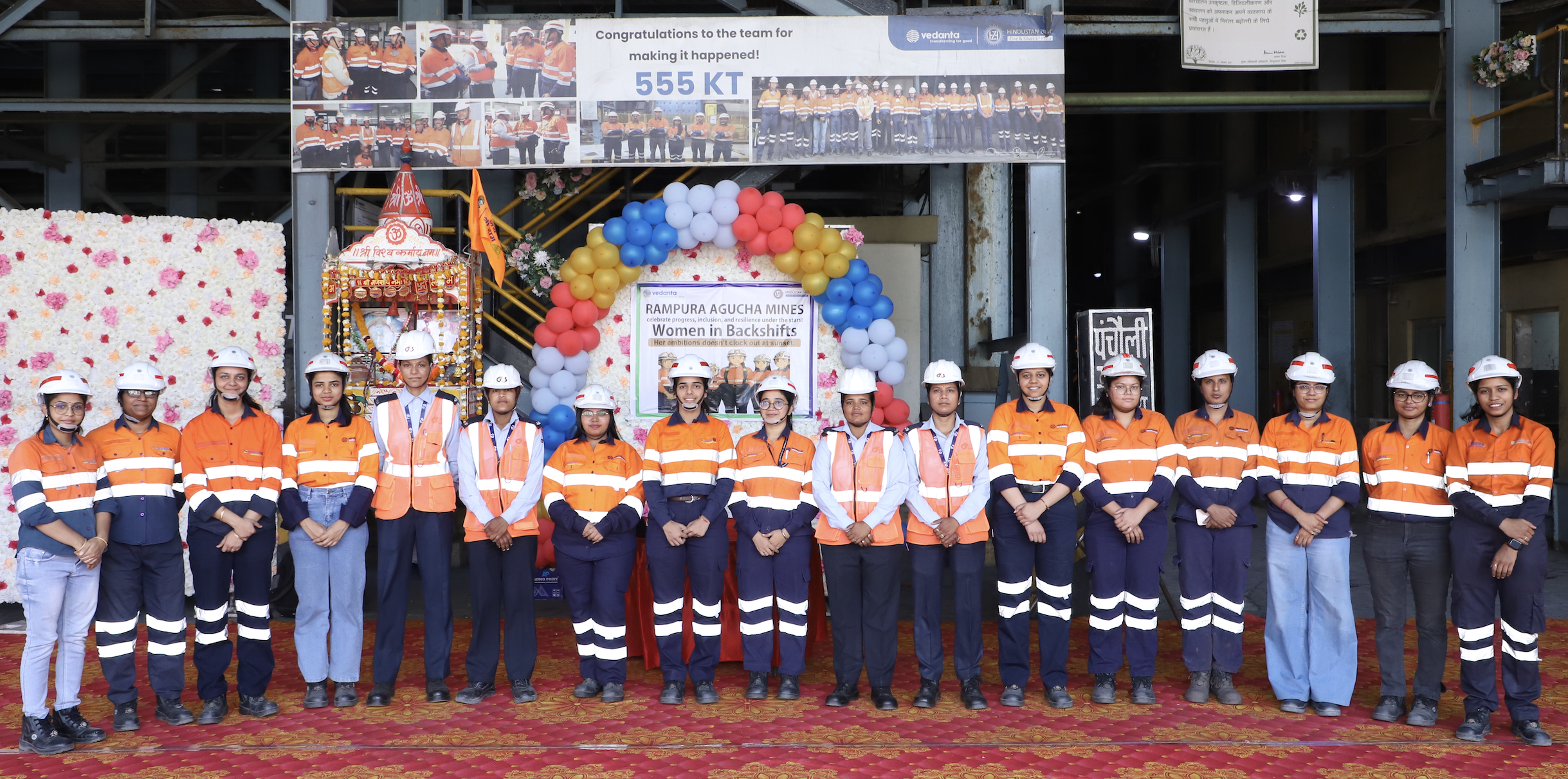
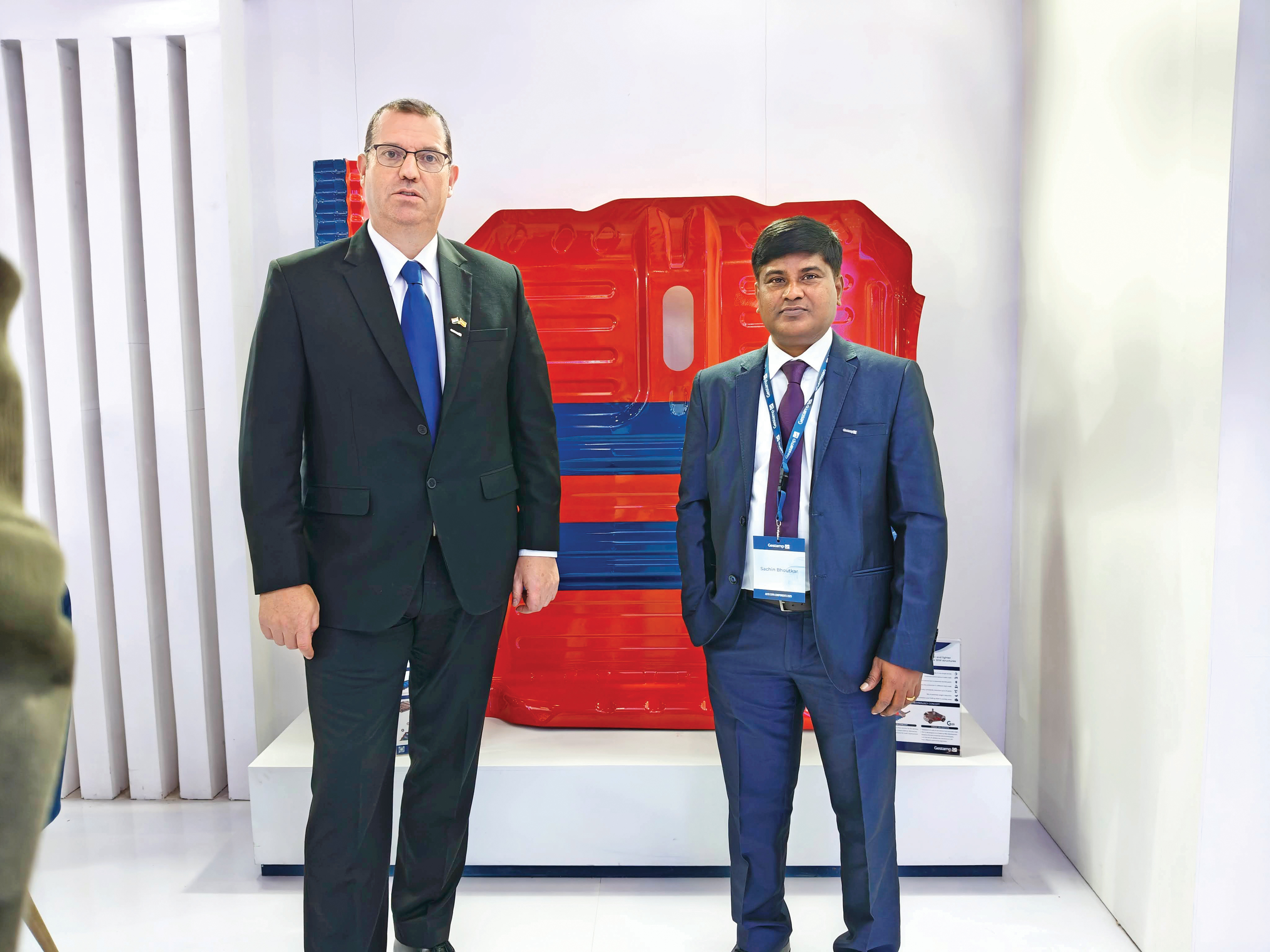
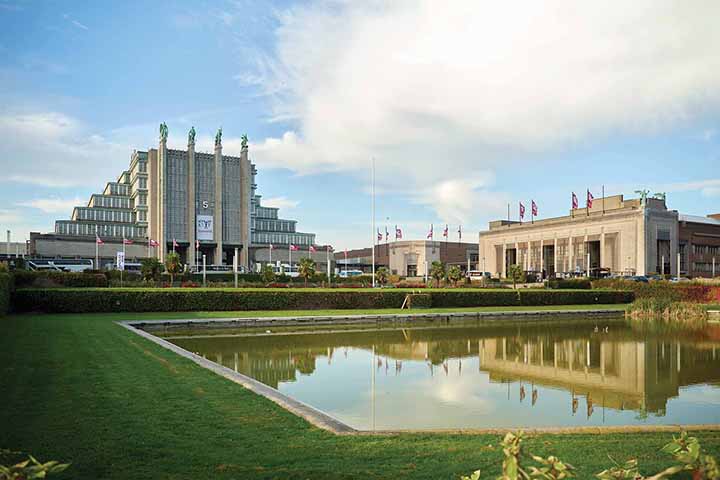
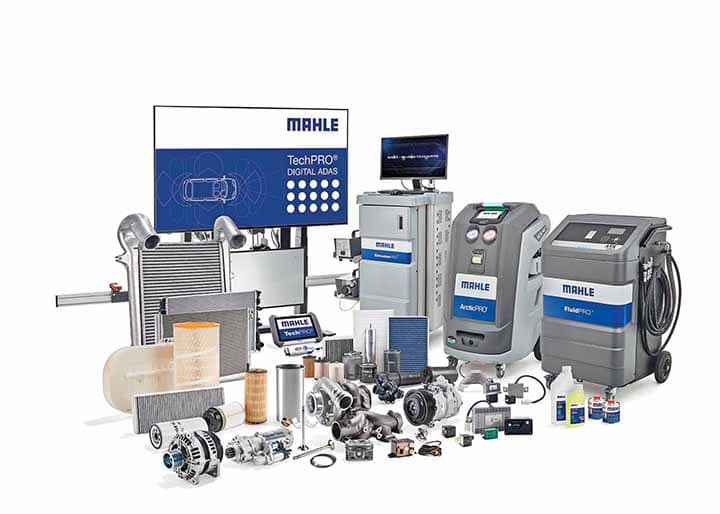




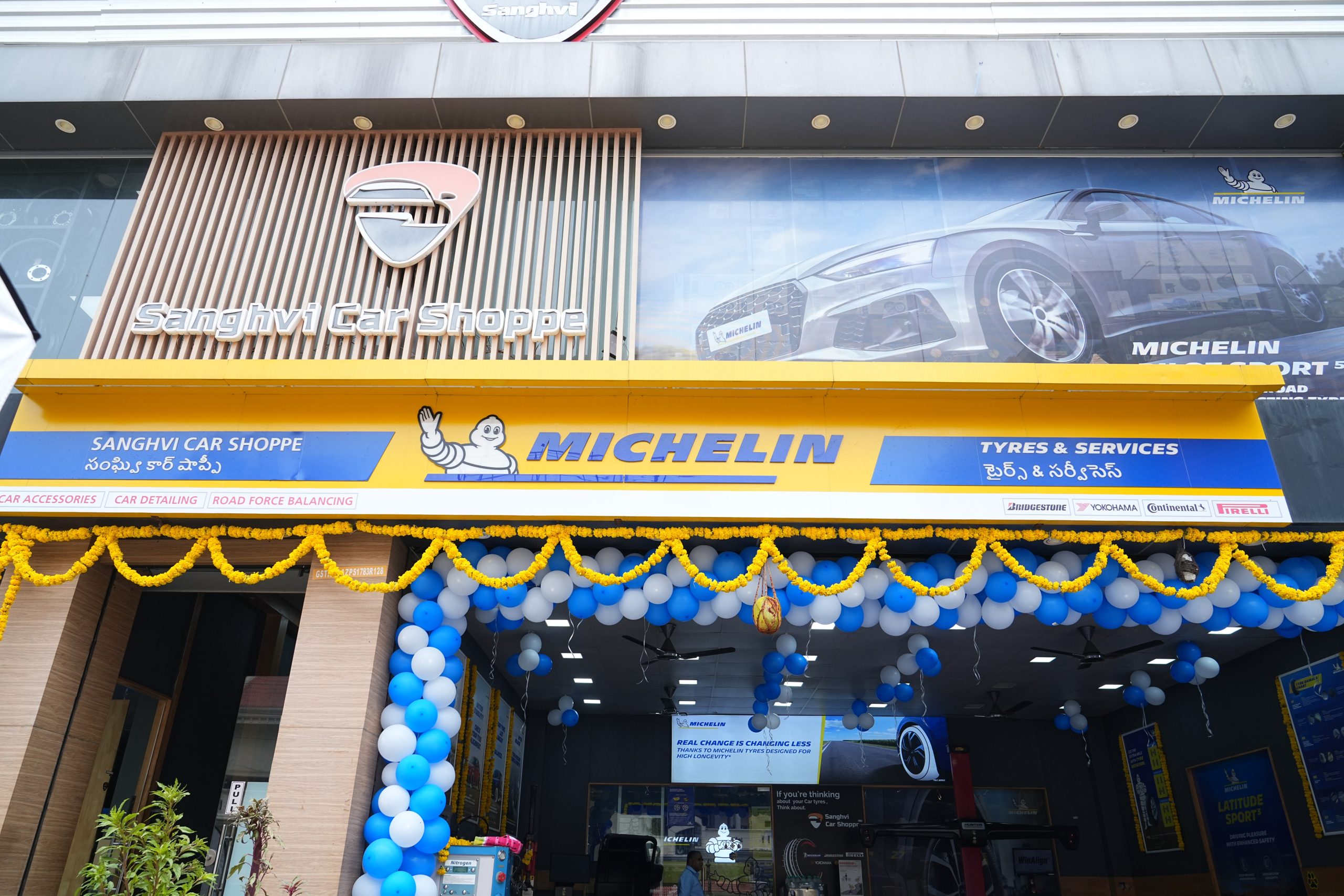
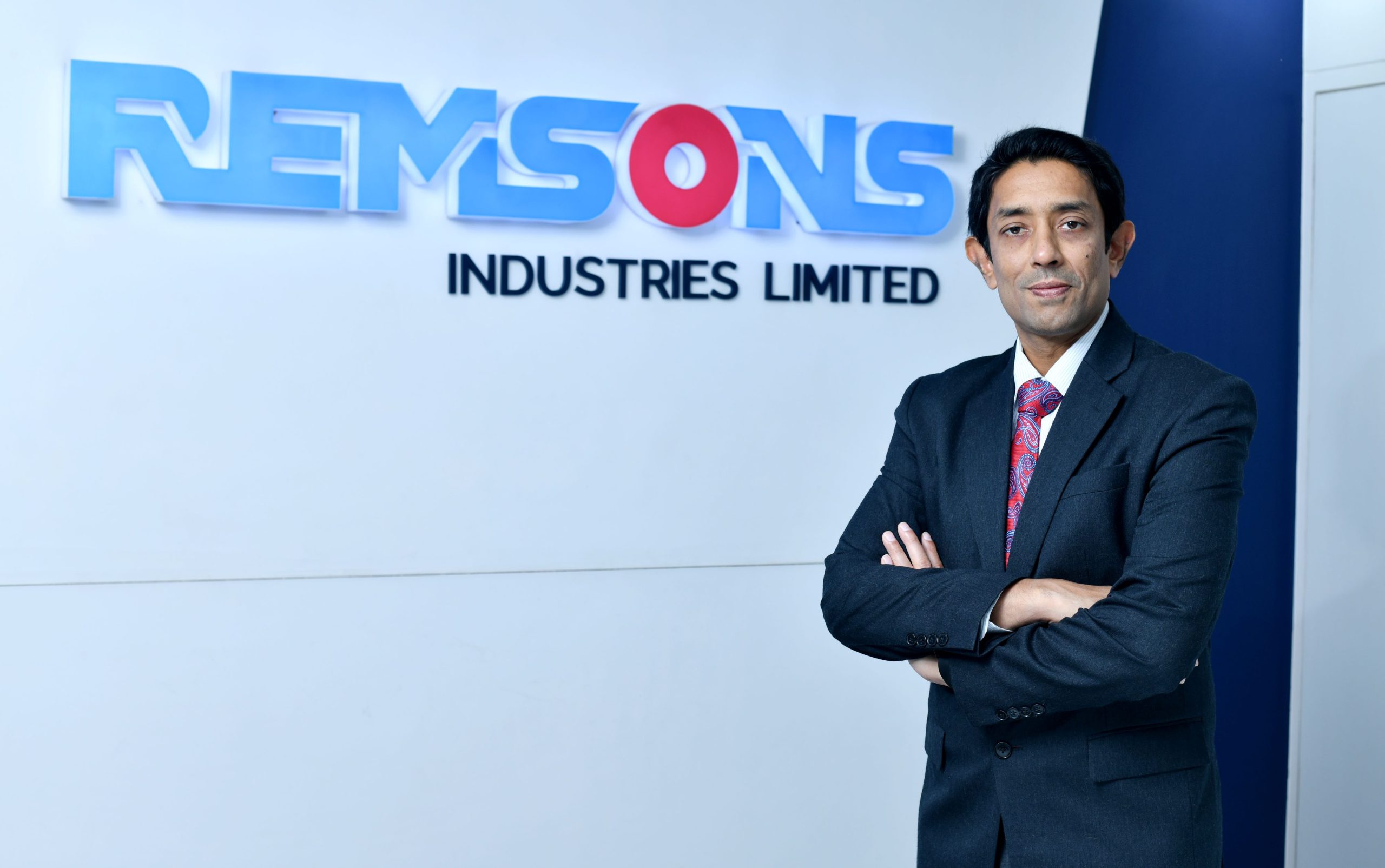
Leave a Reply